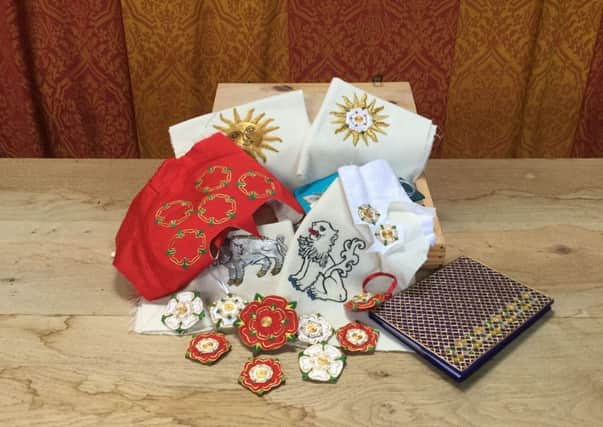How the Tudor rose came to be


It was the last significant battle of the Wars of the Roses, the civil war between the Houses of Lancaster and York.
Fought on, August 22, 1485 the battle was won by the Lancastrians.
Advertisement
Hide AdAdvertisement
Hide AdTheir leader Henry Tudor became King Henry VII, the first Tudor monarch.
His opponent Richard III was killed during the battle making him the last English monarch to die in battle.
The War of the Roses is referred to as such because each side was represented by a different coloured rose, a white rose which represented the House of York, and a red rose that represented the House of Lancaster, although many historians argue over whether this is what the war was referred to at the time.
Some believe that we should call it the Cousins’ War as this is what it was referred to at the time and it was not until much later the term War of the Roses was coined.
Advertisement
Hide AdAdvertisement
Hide AdOn the other hand you have Shakespeare’s play Henry VI (Part I) with the scene in which Richard, Duke of York, quarrels with the Lancastrian leader, Edmund, Duke of Somerset.
The two men ask others to show their respective positions by picking a rose – red for Lancaster and white for York.
The Tudor Rose was formed when these two great families were brought together after the Battle of Bosworth when Henry VII married Elizabeth of York, the daughter of Edward IV of the house of York.
The Tudor rose consists of five white inner petals, representing the House of York, and five red outer petals to represent the House of Lancaster and its superiority to the House of York.
The Old Hall’s sewing group makes a wonderful selection of gold work Tudor Roses, available in the shop, so you too can pick a side.